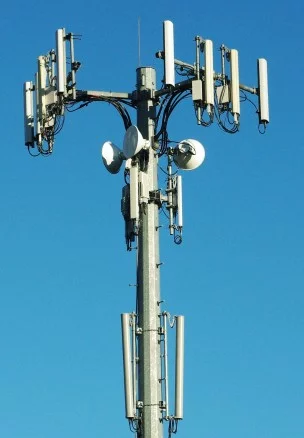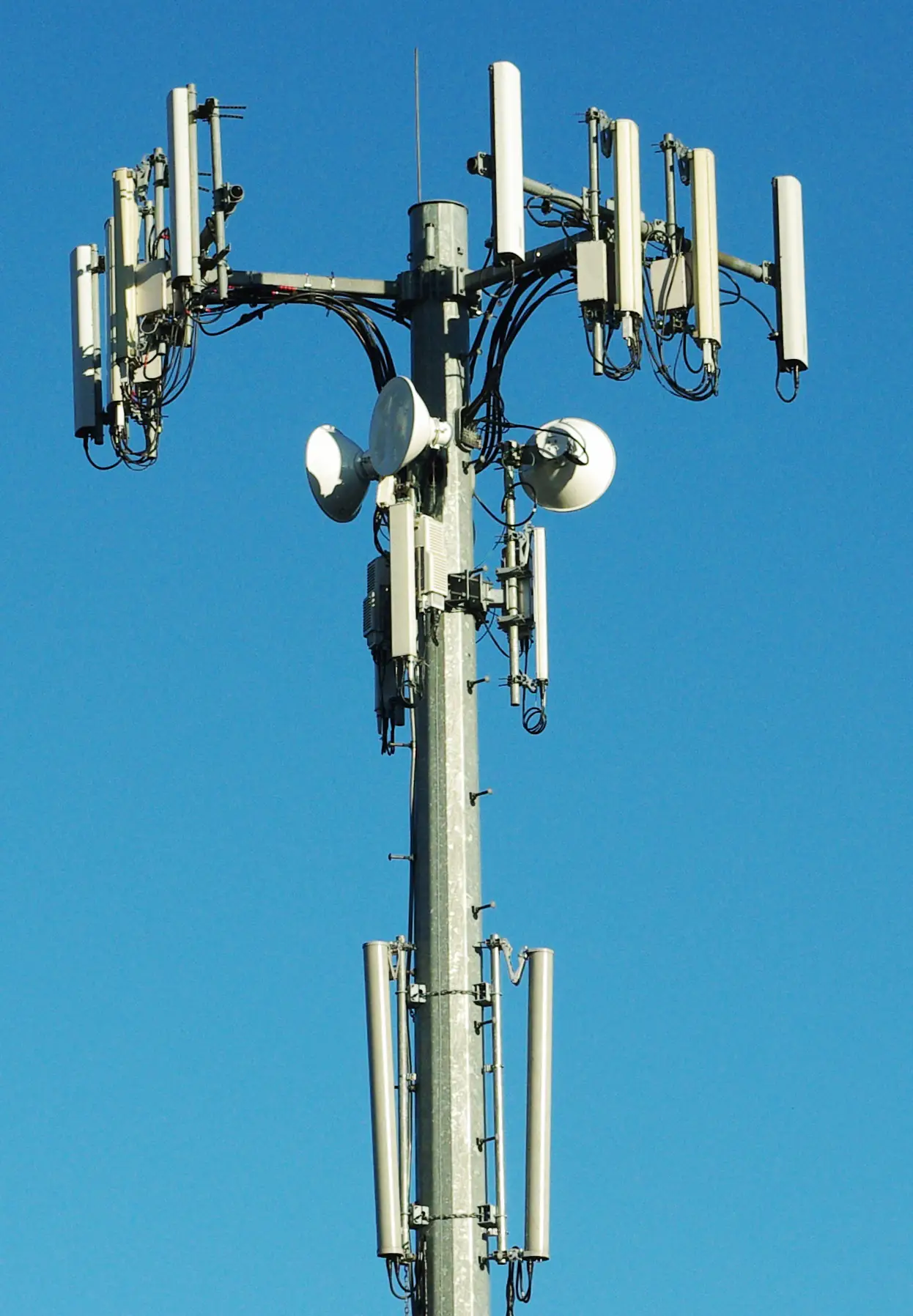Why signal strength doesn’t equate to data speed
 I’ve had a few instances lately in which I was with people who were wondering why, with full signal bars, they were unable to use the internet at all, so I thought I’d write a quick piece on why your signal strength is not the final say on your data transfer speeds.
I’ve had a few instances lately in which I was with people who were wondering why, with full signal bars, they were unable to use the internet at all, so I thought I’d write a quick piece on why your signal strength is not the final say on your data transfer speeds.
To these ends, I’m going to list a few scenarios in which your data will fail and you’ll still have perfect signal. I’ll own up to the fact right away that I’m primarily talking about Sprint’s towers, and it’s been a few years since I took a TCP/IP certification test, but this should be relatively uniform across carriers.
1. Tower internet bandwidth is overloaded.
While you may have full-bar LTE or 3G coverage and be able to speak to the tower at maximum speed, the tower communicates to the internet via a connection that could be as slow as a T1 (1.5Mbps). You’re always going to be limited by the slowest component. In this case, the tower has the ability to communicate with you at speeds nearing insane, but can only communicate with the internet at speeds nearing dial-up.
Many times in LTE deployments (at least with Sprint), the radios get upgraded first and the back end sometime afterward.
2. Tower 1X/3G/LTE bandwidth is overloaded.
If you’ve ever been to a football game or other large event, you’ve probably noticed an insane slowdown but decent signal strength. The average tower is not made to handle 40,000 people on it, so imagine 40,000 phones all screaming at once that they are in the area. The technology is simply not designed to handle that amount of users on one tower. Larger events usually have femtocells deployed to handle demand, though.
An example of an overload: At my house, it is impossible to use data from 5:00 p.m. – 6:20 p.m. due to rush hour and two major roads intersecting a quarter mile from me that have over 70,000 cell phones passing through over the course of two hours of the day.
3. Tower is misconfigured.
We’ve got some of those in Nashville at the moment with the Sprint LTE rollout. These connect perfectly but don’t know how to talk to you. There’s nothing you can do here except disable LTE.
4. You can hear the tower, but it can’t hear you.
You may wonder why, if your phone can hear the signal, it can’t pull up a web page. This is due to the two-way nature of TCP/IP. In order to get something off the internet, you have to be able to request it. With your average web page, say Pocketables.com, you are making several hundred requests for data, and if the tower can’t hear you, you have to re-request it. I’ll go through how a page-load request works later, but for now, here’s a little more on the deaf tower.
The tower your cell phone is listening to transmits using enough power to reach you, and it’s not too terribly worried about its battery dying as it’s plugged into a large power line. Your phone operates on a battery containing usually about 2amps worth of juice, and it survives by sipping the power very very lightly. As such it doesn’t have the ability to broadcast with the same power as the tower. In these cases, the tower is shouting and you can hear it fine, but you’re responding with a whisper that’s much less able to penetrate brick, steel, trees, etc.
I mentioned that the average page takes hundreds of requests from your phone to retrieve, and we’ll use Pocketables.com as an example. Now, there are some ways around this, such as Chrome Beta’s speed up proxy option, but that’s not in the official channel last I checked.
When you type in “pocketables.com” into your browser and press go/enter/return/look at it sideways, the following happens (assume you’re looking at the full version):
- DNS request to your DNS server to translate pocketables.com into an IP address
- Connect to pocketables.com IP address on port 80
- Request default page html
- Load about eight separate Java scripts and whatever each one of them wants to load
- Load our style sheet (CSS)
- Load the image that’s our logo
- Load ten separate images that are our article images
- Load five images that are our hot topics
- Load three images that are the latest reviews
- Two images that are the “best of”
- Three advertisements that pay for the site and whatever they require
- Five images for the featured box
- Six more images for the social networks/RSS up top
- Five more down at the bottom
- Three more for the review stars
- Three more for the speech bubbles
- Etc.
Keep in mind that Pocketables is not a particularly large-impression site, relatively.
Now imagine the following scenario where the tower is having difficulty hearing you:
- DNS request for pocketables.com.
- Tower: what?
- DNS request for pocketables.com
- Tower: what?
- Tower: what? I can’t hear you.
- DNS request for pocketables.com
- Tower: data sent
- Tower: did you get the data?
- Yes, got the data
- Tower: did you get the data?
- Tower: hello?
- Request to connect to pocketables.com on port 80
- Tower: did you get the data?
- YES I GOT THE DATA
- Tower: you didn’t have to yell.
Now, run that through the next hundred or so requests and you’ve got an example of perfect signal to your phone with horrible signal back to the tower causing things to load terribly.
5. Kernel issues.
It’s a relatively rare issue, but some custom ROM kernels have been known to have issues with cell data (and WiFi). If you had a perfect phone and then flashed a great ROM and now have horrible data, try changing out the kernel.
6. Other factors.
There are also possibilities of signal interference, being too close to the tower, driving too fast between towers (tower failover fail), and gremlins.
What you can do.
There are some options for streamlined TCP/IP connections if you’re rooted, but I’ll write about those later. If you’re not rooted, Chrome Beta (and coming soon to Chrome stable) has a data compression option under bandwidth management that has a proxy server do most of the requests and sends you a streamlined version of the page with only a couple of requests having to be made from your phone. This means you give Google even more of your browsing history and data, but it’s fast at least. There may be other browsers with this option, too.
You can also go outside, get in a direct line of site to the tower, force roaming to another provider, or find a kid with a Macbook and take it away while you laugh maniacally while sipping a latte that you now have internet at Starbucks.
Cell booster patches that they sell at drug stores?
No.


